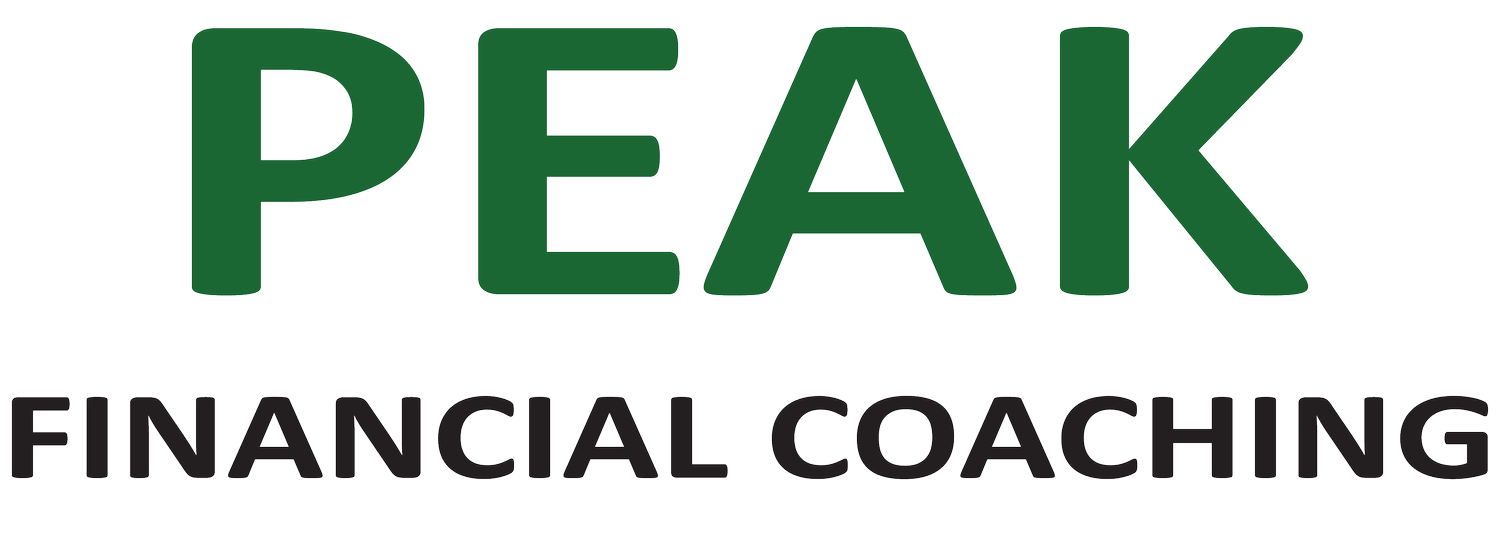Mid-year Federal Tax Checkup
Cash flow is the lifeblood of any operation, personal or business, and managing your cash flow properly is crucial for success. The more cash flow you can generate and keep, the more options you have for you and your family and/or business. One area that can suck cash flow out of your budget is federal income taxes. Since we are halfway through 2023, now is a great time to review your current tax situation and make any adjustments where needed. Below are a few suggestions to help with your mid-year federal income tax review.
Personal Income Taxes
Form W-4, Employee’s Withholding Certificate, (2023 Form W-4 (irs.gov)) elections. This form is used for you to tell your employer and the Internal Revenue Service (“IRS”) how many deductions you are expecting for the current tax year so your employer can estimate how much federal tax to withhold from your paycheck. Not electing the proper deductions could result in you paying too much tax during the year and waiting for your refund the next year thus reducing your cash flow during the current year and giving the U.S. Treasury an interest free loan!! According to a CNBC article (Average Tax Refund In 2023 And What To Do With It (cnbc.com)), the IRS reported the average refund amount (aka money taxpayers overpaid the government) in 2023 as $2,753. Think about that for a minute…that’s almost $230 a month of extra cash flow that the average tax payer could have had for their budget planning purposes. Review your W-4 elections and don’t give the Tax Man an interest free loan!!
Projected federal tax return. Project your tax return for the remainder of the current year to see whether you are tracking for a refund or whether you will owe federal income taxes. This review should give you the basis for making any W-4 changes to help improve your tax cash flow. This also gives you an opportunity to review other planning items such as charitable giving, investment gains (losses) harvesting, medical procedure(s) timing, and estimated tax payments. Again, all of this is done with the intent to minimize your federal tax return refund/bill and improve your monthly cash flows.
Business Income Taxes
Businesses have ongoing incentives to acquire and install capital equipment. The Tax Cuts and Jobs Act of 2017 made significant changes to both Section 179 and bonus depreciation.
Section 179 (“Sec 179”) deduction (2022 Publication 946 (irs.gov)). You can elect to recover all or part of the cost of certain qualifying property, up to a limit, by deducting it in the year you place the property in service. This is the Sec 179 deduction. You can elect the Sec 179 deduction instead of recovering the cost by taking depreciation deductions (accelerates tax deductions which can reduce current year taxes and tax cash outflows). For tax years beginning in 2023, the maximum Sec 179 expense deduction is $1,160,000. This limit is reduced by the amount by which the cost of Sec 179 property placed in service during the tax year exceeds $2,890,000.
Bonus deprecation on property, plant, and equipment (“PPE”) deduction. Bonus depreciation, is an additional first-year depreciation allowance. According to the IRS, bonus depreciation allows business taxpayers to deduct additional depreciation for the cost of qualifying business property, beyond normal depreciation allowances. It’s intended to spur capital purchases by all business taxpayers, small, mid-sized and large. The 2023 bonus deprecation is 80% and will ramp down for ensuing years: 60% for 2024, 40% for 2025, 20% for 2026, and 0% beginning in 2027.
While each deduction, Sec 179 and bonus depreciation, can help businesses deduct purchasing costs for their property, combining them can offer the greatest possible benefits. IRS rules require that most businesses apply Section 179 first, followed by bonus depreciation. If you are wondering how these deductions could affect your equipment purchase strategy, talk to your tax advisor/planner to determine the cash savings potential.
Meals and entertainment (“M&E”) deductions. As of 2023, M&E deductions are now back where they were prior to 2021. The majority of business meals are now 50% deductible, and most entertainment expenses are not deductible. Work with your tax planner/advisor to determine which of your M&E expenses fit into either the 100%, 50%, or 0% deduction category. There is opportunity here to plan your M&E expenses to maximize your M&E deductions and improve your business tax cash flow.
You may or may not need all of the above federal tax reviews/solutions. Sit down with your tax advisor/planner and review your tax situation to determine which of these solutions will work for you. Once you have determined which solutions will work for you, make sure to include any cash flow adjustments in your budgeting process, personal and business. If you need help with your budgeting process, contact us to schedule your complimentary 20-minute Discovery Session to see how we can help you.
Peak Financial Coaching: Our mission is to empower individuals, couples, and businesses to transform their lives-one habit at a time-to achieve their financial goals.
